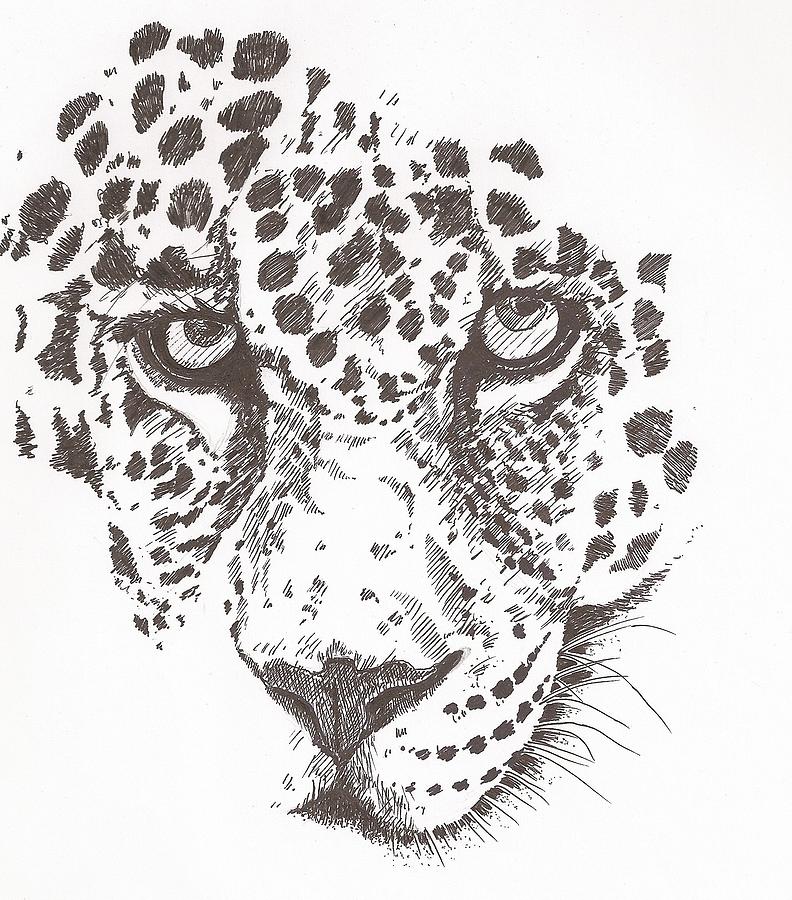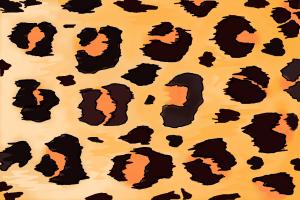Leopard print drawing at getdrawings
Table of Contents
Table of Contents
Leopard print may seem easy to draw at first glance, but it can be challenging to get the pattern just right. But don’t worry, with a little practice and patience, you can easily learn how to draw this popular print!
Pain Points of Drawing Leopard Print
Many people struggle with how to draw leopard print, finding it difficult to create a pattern that looks cohesive and realistic. They may also struggle with choosing the right colors and shading to make the print pop.
How to Draw Leopard Print
The first step in drawing leopard print is to sketch out the basic outline of your design. This will help you get a better idea of where you want to place the spots and how they will fit together. Then, start drawing the spots, making sure to vary their size and even overlapping some of them to make the pattern look more natural.
Once you have the spots in place, start adding shading and detail to really bring your leopard print to life. You can use a variety of techniques, such as crosshatching or stippling, to create depth and texture in the print. And don’t forget to experiment with different colors to make your print truly unique!
Summary of How to Draw Leopard Print
To recap, drawing leopard print requires first sketching out the design, then creating spots of varying sizes and overlapping them, and finally adding shading and color to really make the print pop. Don’t be afraid to experiment and have fun with your design!
Targeting How to Draw Leopard Print
When I first started drawing leopard print, I was so intimidated by the intricate pattern that I almost gave up before even starting. But after practicing and experimenting with different techniques, I discovered that drawing leopard print can be really rewarding.
One technique that worked well for me was starting with a base color and adding spots in a contrasting color, then blending them together to create a more natural look. I also found that using a small, pointed pen or pencil helped me create more precise spots and fine details.
Coloring Your Leopard Print
One thing to keep in mind when coloring your leopard print is to choose colors that work well together and complement each other. For example, you could use warm browns and oranges for the spots and cool grays and blues for the background, or choose complementary colors like yellow and purple for a more bold and eye-catching design.
Another important factor to consider is shading. Adding depth and texture to your leopard print can make it look more realistic and impressive. Try experimenting with different shading techniques, such as crosshatching or stippling, to see what works best for you.
Adding Final Details
Once you have your leopard print sketched, colored, and shaded to your liking, it’s time to add those final details that will really make it pop. For example, you could add highlights to some of the spots to create a glossy effect, or use a white gel pen to add small accents and highlights throughout the print.
Personal Experience with Drawing Leopard Print
One thing I love about drawing leopard print is how versatile it can be. You can use it for anything from fashion design to home decor, and it always adds a touch of sophistication and glamour. Plus, with so many different techniques and styles to choose from, there’s always room for experimentation and creativity.
Question and Answer
Q: Is there a specific way to draw the spots in leopard print?
A: While there is no one “right” way to draw leopard spots, a good rule of thumb is to make them different sizes and shapes, and place them randomly throughout the design. This will give your print a more natural and organic look.
Q: What are some color combinations that work well for leopard print?
A: Some classic color combinations for leopard print include brown and black, gold and black, and even pink and black for a more playful and unexpected look. Just make sure to choose colors that complement each other and make your print stand out.
Q: Do you need any special materials to draw leopard print?
A: Not necessarily! You can use any medium you prefer, whether it’s pens, markers, colored pencils, or paint. However, some artists may find that certain materials work better for creating specific effects or textures.
Q: How do you avoid making the leopard print look too uniform or repetitive?
A: One way to avoid a uniform or repetitive look when drawing leopard print is to vary the size and placement of the spots. You could also experiment with different patterns, such as making some spots larger or more irregular in shape, to add more interest and depth to your design.
Conclusion of How to Draw Leopard Print
Drawing leopard print can be a fun and rewarding experience, as long as you remember to start with a basic sketch, add spots of varying sizes and colors, and experiment with shading and details to really bring your design to life. Don’t be afraid to try different techniques and styles to find what works best for you, and most importantly, have fun with it!
Gallery
Leopard Drawing By Pat Barker

Photo Credit by: bing.com / leopard drawing pat barker drawings 26th uploaded april which
Leopard Print Drawing At GetDrawings | Free Download

Photo Credit by: bing.com / leopard print drawing getdrawings
How To Draw Leopard Print | DrawingNow

Photo Credit by: bing.com / leopard print draw giraffe easy drawings drawingnow views
How To Draw Leopard Print!!! A Quick, Easy Step By Step Tutorial… I

Photo Credit by: bing.com /
Leopard Print Drawing At GetDrawings | Free Download

Photo Credit by: bing.com / leopard print drawing cheetah tattoo animal outlines cute tattoos background draw spots stencil designs flower patterns getdrawings wallpaper backgrounds stencils




